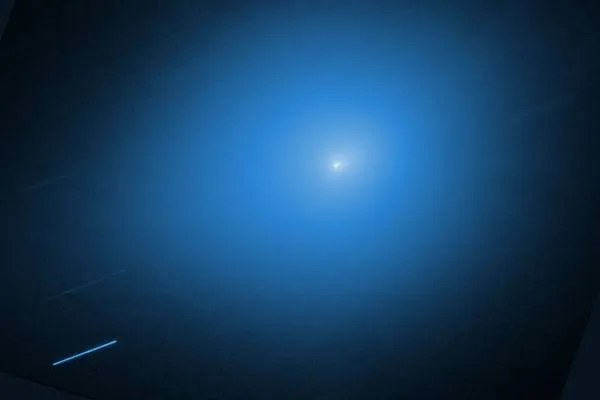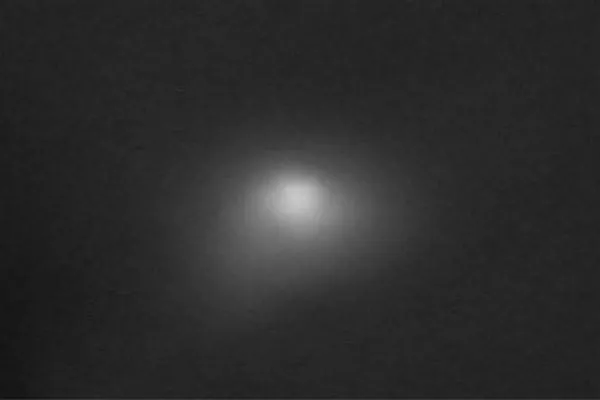UN launches global planetary defense exercise focused on 3I/ATLAS
Istanbul, November 28 (Hibya) – The International Asteroid Warning Network (IAWN), under the auspices of the United Nations Office for Outer Space Affairs (UNOOSA), has launched a “global planetary defense exercise” centered on the interstellar comet 3I/ATLAS.
According to the announcement, the new exercise—which began on November 27, 2025, and will run until January 27, 2026—is not a response to any known threat, as 3I/ATLAS poses no danger to Earth.
The comet will serve as a “live test case” aimed at assessing Earth’s readiness to detect, track, and analyze near-Earth and interstellar objects through a coordinated observation campaign.
3I/ATLAS was discovered on July 1, 2025, by the ATLAS telescope in Chile and was confirmed days later to be an interstellar object due to its unique hyperbolic trajectory, which indicates it originated outside the solar system.
Since its discovery, global space agencies and observatories have initiated an unprecedented observation campaign. More than a dozen NASA spacecraft—including those in Mars orbit—have collected images and data as the comet passed through the inner solar system.
The European Space Agency (ESA) significantly refined the comet’s predicted path in late 2025 using data from Mars orbiters, improving orbital precision by a factor of ten.
Scientists argue that the interstellar nature of 3I/ATLAS may mean its composition and behavior differ from comets formed within our solar system. Studying its activity could help calibrate detection methods for future interstellar visitors and enhance Earth’s early-warning capabilities.
This will be IAWN’s eighth global exercise since its establishment in 2017. These exercises are conducted roughly once per year to test and strengthen planetary defense readiness.
Astronomers emphasize that the exercise aims to improve detection, tracking, and characterization processes rather than respond to any specific threat.
Observations from ESA, NASA, and other observatories have provided detailed information on the comet’s orbit, composition, and behavior.
Spacecraft—including some orbiting Mars—captured images as the comet passed within 30 million km of the Red Planet. Spectroscopic data indicate it contains volatile ices and dust typical of cometary bodies.
As 3I/ATLAS continues outward, the findings from this campaign are expected to inform future efforts to track, classify, and respond to interstellar and near-Earth objects.
Experts agree that 3I/ATLAS poses no threat, but as a rare interstellar visitor, it offers a unique opportunity to strengthen global preparedness for cosmic hazards.
British News Agency















